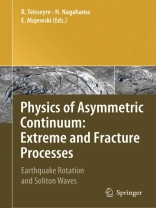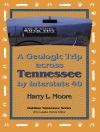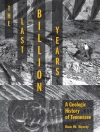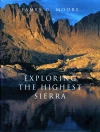Our new monograph has been inspired by the former one, Earthquake Source Asymmetry, Structural Media, and Rotation Effects (R. Teisseyre, M. Takeo, and E. Majewski, eds, Springer 2006). Some problems, c- cerned primarily but not exclusively with the basic theoretical nature, have appeared to us as worthy of further analysis. Thus, in the present mo- graph we intend to develop new theoretical approaches to the theory of continua that go far beyond the traditional seismological applications. We also try to present the links between the experimental data, the observed rotational seismic waves, and their theoretical evaluation and description. In addition, we consider the basic point motions and deformations, and we intend to find the invariant forms to describe such point motions. We believe that there must exist the basic equations for all point motions and deformations, and we derive such relations within a frame of a continuum theory. Thus, in the considered standard asymmetric theory, we include relations not only for the displacement velocities but also for a spin motion and basic point deformations as well. We include here the axial point – formation and twist point deformation represented by the string-string and string-membrane motions. A twist vector is defined here as a vector p- pendicular to the string-string plane and representing its magnitude. It – comes an important counterpart to spin and a key to the presented theory. We show in the forthcoming chapters that the twist motion describes the oscillations of shear axes.
विषयसूची
to Asymmetric Continuum and Experimental Evidence of Rotation Motions.- to Asymmetric Continuum: Fundamental Point Deformations.- Measurement of Short-Period Weak Rotation Signals.- Buildings as Sources of Rotational Waves.- Two-Pendulum Systems for Measuring Rotations.- Theory and Observations: Some Remarks on Rotational Motions.- Continuum with Defect Densities and Asymmetry of Fields.- Field Invariant Representation: Dirac Tensors.- Asymmetric Continuum: Standard Theory.- Fracture Processes: Spin and Twist-Shear Coincidence.- Inplane and Antiplane Fracturing in a Multimode Random Sequence.- 10 Charged Dislocations and Various Sources of Electric Field Excitation.- Friction and Fracture Induced Anisotropy: Asymmetric Stresses.- Asymmetric Fluid Dynamics: Extreme Phenomena.- Fracture Band Thermodynamics.- Interaction Asymmetric Continuum Theory.- Fracture Physics Based on a Soliton Approach.- Canonical Approach to Asymmetric Continua.- Deformations in Riemannian Geometry.- Continuum Theory of Defects: Advanced Approaches.- Spinors and Torsion in a Riemann-Cartan Approach to Elasticity with a Continuous Defect Distribution and Analogies to the Einstein-Cartan Theory of Gravitation.- Twistors as Spin and Twist Solitons.- Potentials in Asymmetric Continuum: Approach to Complex Relativity.












